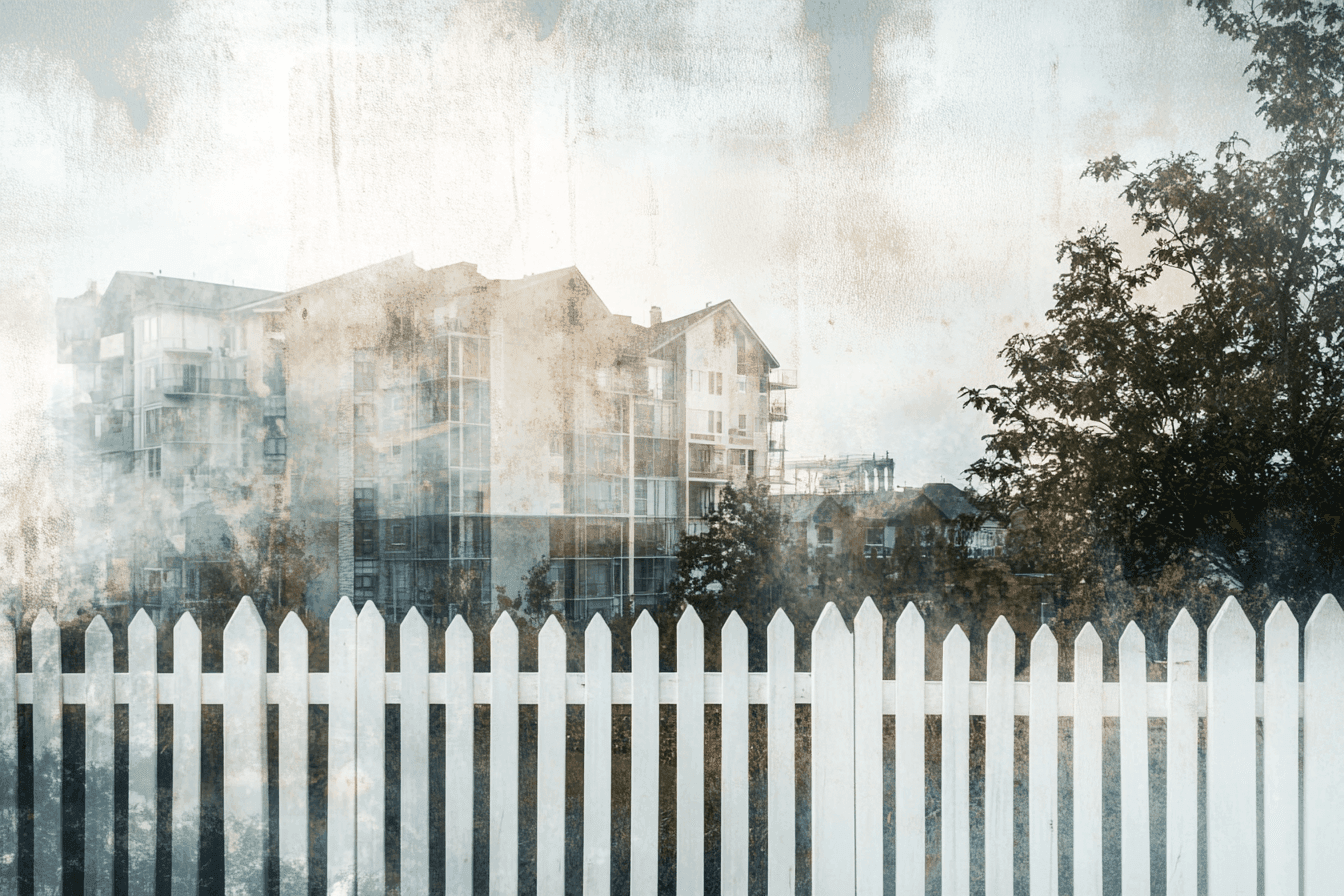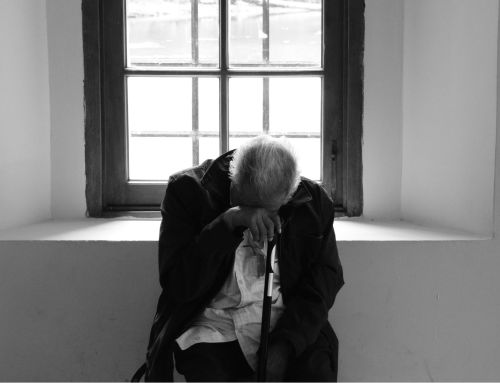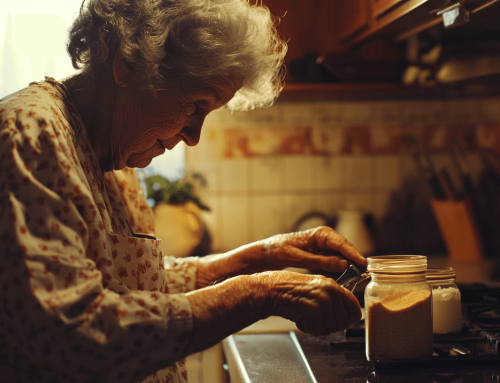Dr. Trevor Chan
It Is Time
In a hospital hallway, Steve pulls me aside and asks to have a word about his mother. His mother has been admitted with a hip fracture. He tells me “It’s time to put mom in a home”. I ask him what kind of home he is thinking about and I am met with a blank stare. Seniors housing is not a one size fits all topic and this blog will give you a framework on how to approach it.
The first step is understanding the different types of housing and their names. Even the naming system is pretty confusing with Alberta Health Services recently changing their seniors housing classifications again throwing more mud into the water. Seniors can live in 6 general categories, but sometimes they are combined in the same building which can cause more confusion.
| Facility | Services Provided | Staff on Site | Functional Abilities and Needs |
|---|---|---|---|
| Own House /Condo /Apartment | Seniors are responsible for their own meals and upkeep of their property. They generally are independent with toileting, transfers and mobilizing | Family
Friends Home Care |
Independent toileting, transferring, walking.
May need some help with bathing and getting ready in the mornings and evenings |
| Independent Living / Lodge / Seniors Residence | Room and meals are provided for along with upkeep of the property. Housekeeping is provided. Laundry is often available. Generally there is a small suite with a kitchenette and sitting area. There can be a wide variety in terms of size, number of rooms and amenities offered.
Care assistance outside of pre-arranged home care is not provided |
Support Staff | Independent toileting, transferring, walking.
May need some help with bathing and getting ready in the mornings and evenings |
| Assisted Living / SL4 / Type B | Meals are provided along with upkeep of the property, housekeeping and laundry. There is also a wide variety in terms of size, number of rooms and amenities. In the public system, residents frequently share a room.
Care assistance is being regularly provided by health care aides and some light nursing. There is a high degree of variability as to how much care can be provided at each facility. |
LPNs
Health Care Aides Weekly Doctor Visits Support Staff |
Generally are independent with toileting, transfers and mobilizing.
However, residents may require regular care for activities like medication administration, toileting assistance, showering, getting dressed and undressed. |
| Memory Care / Dementia Care/ SL4D/ Type B secure | Meals, housekeeping and laundry are provided. Room sizes generally are getting smaller as their movements are becoming increasingly limited but there are still some larger rooms and kitchenettes available.
Care is being consistently provided for by health care aides and some light nursing. There is a high degree of variability as to how much care can be provided at each facility. |
LPNs
Health Care Aides Weekly Doctor Visits Support Staff |
More difficulties with dementia resulting in wandering. Clients are frequently having more behavioural issues requiring more assurance or redirection from care providers.
Generally are independent with toileting, transfers and mobilizing. Need regular care for activities like feeding, medication administration, toileting assistance, showering, getting dressed and undressed. |
| Long Term Care / Nursing Home / Type A | Room and meals are provided. Largely these are publicly funded beds. Rooms are limited to bedrooms.
A high degree of care and nursing is provided and available around the clock. |
RNs
LPNs Health Care Aides Weekly Doctor Visits Support Staff |
They are unable to toilet, transfer or mobilize on their own.
Dementia behaviours may be more aggressive and difficult to control in other living environments and the client is requiring more 24h supervision becoming quite dependent for care needs |
| Hospice / Type C | End of life care focused on symptom control with a 2-3 month life expectancy. There is a private room for the patient with space for family to stay overnight.
Care is frequent around the clock provided by nursing and physicians. |
RNs
LPNs Health Care Aides Daily Doctor Visits and On call Support Staff |
They require total care. Difficulty toileting, transferring or walking.
They require a high degree of symptom control for pain, nausea or agitation and have a terminal diagnosis |
Following up, I asked Steve what issues he has noticed his mother having prior to being admitted to hospital. He reports she has had a number of falls and does not leave the house much. She is increasingly paranoid about neighbours. Other reasons I hear that make families concerned are not being able to keep the house clean or hoarding behaviours, wandering, car accidents, worsening aggressive behaviours or repeated phone calls. In other instances, a spouse has died and a shaky house of cards is starting to tumble.
Functional Abilities
Start with assessing the functional ability and requirements of what your senior needs. The right hand column gives a general sense of what each type of dwelling is able to support. Key considerations are aggressive behaviours, mobility, transfers and toileting. However, there is a broad latitude in each category because extra help from family or caregivers goes a long way in helping a senior remain in their dwelling. Another consideration is if a person is coming from hospital recovering from a major injury or surgery, they may regain a lot of function with time, but the hospitals are often rushing people out before they reach full functionality. Is there a reasonable chance that they could return home if they had more time and physiotherapy? It may help to ask a professional for some objective markers particularly if you feel your loved one falls somewhere between two categories.
Factors
Deciding to move mom or dad is a very weighty and stressful decision. It can trigger both practical concerns as well as emotional ones. There are many things to consider:
It can be helpful to work out what values or goals are important to the senior in question combined with what care family can provide, what financial resources are available and the functional requirements the senior requires assistance with. Then work backwards to triangulate the best housing arrangement for them. Sometimes the answer requires a move, other times it might be best to bring in more help to support them where they are.
Eventually Steve’s mother was able to regain her ability and return home. After weighing different options and the importance of home in supporting her dementia, Steve was able to bring a variety of supports to help keep his mom home longer. This is a very complex decision with multiple factors and considerations. Beyond Neighbours has many years of experience navigating this journey. Contact us for help to support you through this complex navigation.

Next Steps
It is best not to wait until a crisis situation. Steps that you should take now are ensuring that a personal directive and enduring power of attorney are in place. Don’t be intimidated to explore your loved one’s opinion and goals for the future. Get connected with a case manager from home care or if you are managing this from hospital, there is a transitions services nurse you can connect with. They are a gateway not just for home care but access to a variety of community resources.
Beyond Neighbours is well versed with an expert team to help you make sense of how to take meaningful steps in what feels like a daunting journey. We are here to keep your loved one thriving and connected no matter what roof is above their head. Reach out today.




